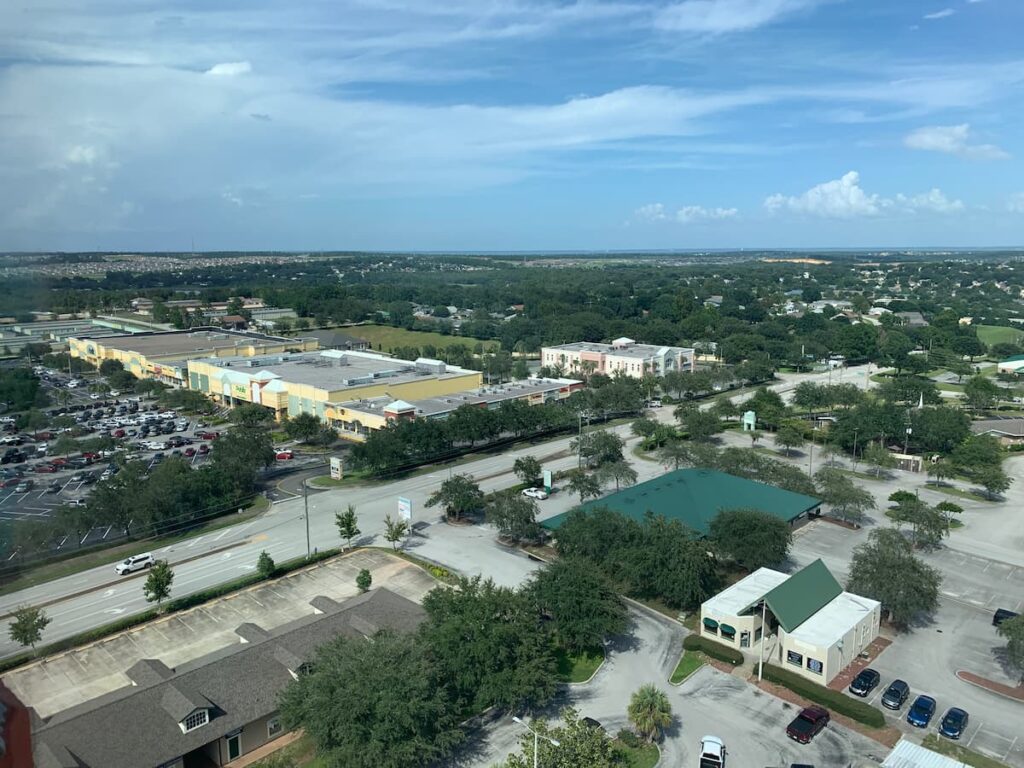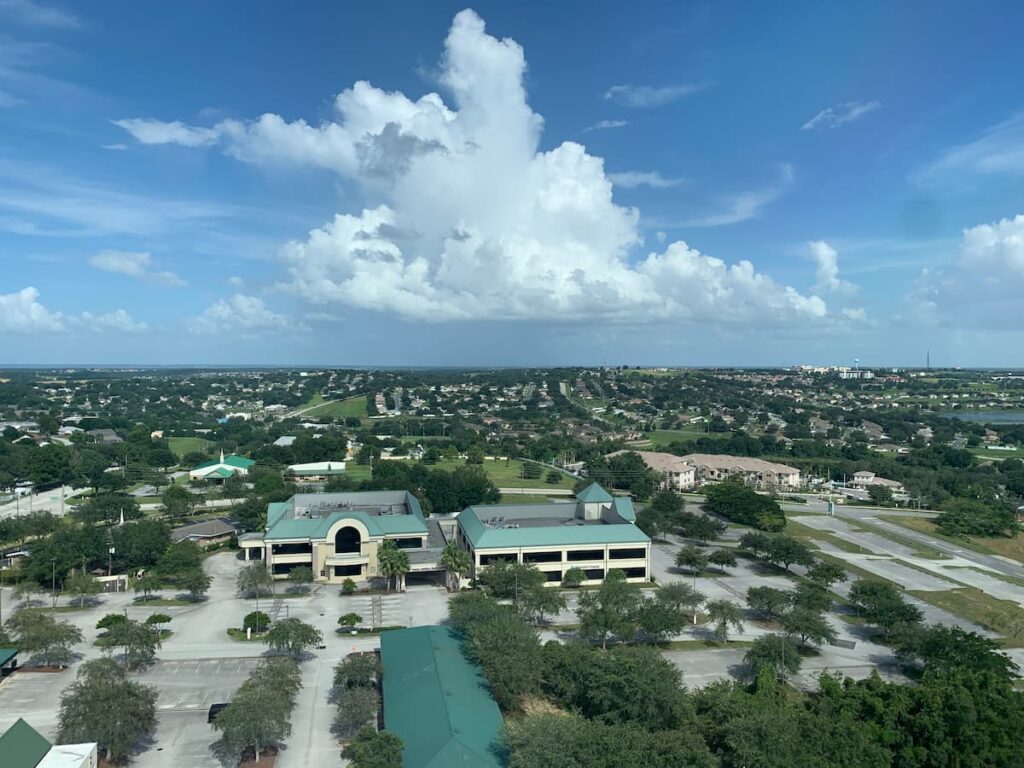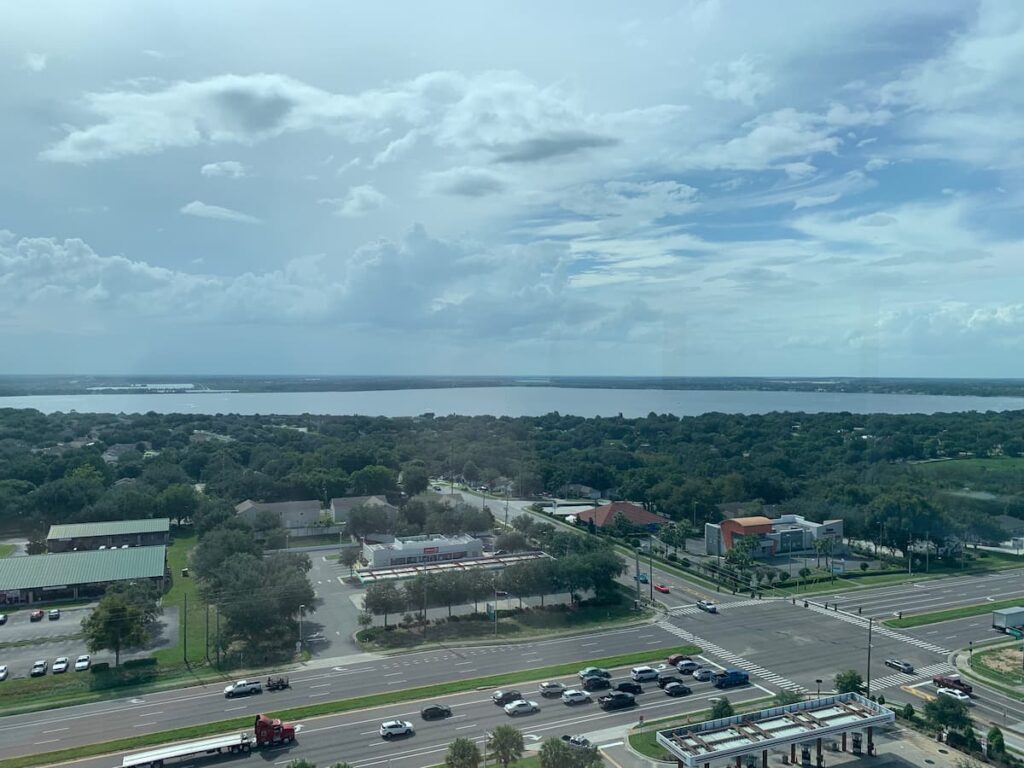“Why doesn’t Florida grow oranges anymore?” It’s a question I’ve asked myself many times as a Central Florida native who doesn’t see the orange groves I once grew up with almost everywhere on the outskirts of town.
I was born in the 1980s and came of age in the 1990s. It seemed that when I was growing up, citrus trees — those bearing oranges, grapefruit, lemons, and other delicious fruits — were almost everywhere. Even in urban and suburban backyards.
Why, even into the first years of the 21st century, Florida orange production remained robust. In fact, citrus farmers in Florida saw near-record yields in 2003 and 2004, when more than 10 million tons of oranges were harvested. But just 20 years later, output had dropped a staggering 92%.
The reasons behind the tremendous decline of the citrus industry in Florida are multifold. A series of freezes in the 1970s and 1980s killed off millions of orange trees. Many citrus farmers who gave up after the freezes sold their properties, many later becoming housing subdivisions and strip malls. But the Florida freezes of the 1970s and 1980s or suburban development on abandoned farms isn’t what did the citrus industry in.
Quite the contrary…
Many farmers replanted crops or moved further south in Florida where freezes were always rare. The orange industry largely rebounded in the 1990s.
So Why Did Florida Stop Growing Oranges?
If the Sunshine State citrus industry was looking so rosy in the 1990s and first years of the 2000s why doesn’t Florida grow oranges anymore?
It’s not about the freezes — not these days. Unlike the days of colder weather in the late 20th century, Central Florida — historically one of the prime places for citrus crops in the Sunshine State — has seen progressively warmer temperature averages and relatively fewer wide-scale freeze events than we saw in the past.
But weather and climate (which are different things, by the way) are impacting the state’s citrus industry. According to citrus industry leaders, several devastating hurricane seasons in the mid-2000s was the catalyst for the situation we’re in today. Yes, the hurricanes physically damaged broad swaths of crops. But they did something else. They spread a bacterial disease known as citrus canker to orange groves that hadn’t been affected by it yet.
As if that weren’t enough, Florida orange trees (and those who grew them) were dealt another blow. Another deadly bacterial disease known as citrus greening disease or Huanglongbing (HLB for short) was first found in commercial Florida orange tree groves in 2005. HLB spreads by way of the Asian citrus psyllid insect. Greening causes fruits to prematurely drop, fruit that doesn’t ripen, and leads to the death of citrus trees. There’s presently no known cure.
One of my friends whose family moved to the Tampa area in the 1890s and raised over 600 acres of orange and citrus groves experienced this firsthand. They eventually had to remove every last one of their citrus trees due to greening and related problems.
Florida Citrus Groves Of Yesteryear Vs. Today
So, when you ask why doesn’t Florida grow oranges anymore, you can get a better idea of what’s going on. Mother Nature has been making it tougher for Florida citrus growers these days.
I can share stats and figures looking at the Florida citrus industry of, say, a few decades ago versus today. But it’s hard for some to visualize these differences. That is, until you compare photos or videos of the vastness of the Florida citrus industry from long ago and compare it today.
Check out this 1981 video on YouTube filmed at the Florida Citrus Tower. This 226-foot-tall landmark was built in 1956 in the rolling hills of Clermont, Florida. Back then it was standing proud in the very heart of Florida’s citrus scene. Even in 1981, you can overhear the elevator operator say there are 17 million citrus trees in view from the top of the tower.
Now, check out three pics below I took from the top of the Citrus Tower when my now-wife and I visited in 2020.



Yeah, there are still some citrus trees. But they’re lost in urbanization. And, sure, it’s easy to blame overgrowth of population and development. But a lot of it came in after citrus farmers in despair lost their groves to freezes, hurricane damage, and greening. They took the money and ran. I’d probably haven done the same thing if in their boots and left with few other feasible choices.
So, why doesn’t Florida grow oranges anymore? Well, as we’ve seen the reasons are many and frankly overwhelming.
But the question remains, is there any hope for citrus growers in Florida?
Hope May Not Be Lost For Florida’s Citrus Groves!
Let’s face it: Florida may never again claim a top spot as a major citrus producer in the United States. The state’s heyday of citrus production during the 20th and very early 21st centuries may forever remain in the past.
So, what state now produces the most citrus? That honor goes to California, which grows an incredible 92% of the nation’s citrus crop.
However, and here’s where things start looking sunnier for Florida’s citrus industry, things may be looking up.
I reached out to the University of Florida Institute of Food and Agricultural Sciences (UF/IFAS) about this topic. UF/IFAS Residential Horticulture and Master Gardener Volunteer Coordinator Tia Silvasy says that, yes, things are rough for Florida’s citrus groves. “The Florida citrus industry has been decimated by citrus greening so there are a lot more challenges to grow citrus currently.”
She says that while HLB or greening is not curable now, those growing oranges and other citrus have some defense against it. “Growers are using a combination of methods including placing a mesh bag over young citrus trees [and] treating the trees with insecticides to kill the psyllid that vectors the disease.”
And she shares more good news! “Most excitingly, our UF/IFAS researchers are breeding new varieties of citrus that are tolerant to greening. ‘Sugar Belle’ is a new variety of mandarin that is available now at fruit tree nurseries.” UF/IFAS offers tips for selecting a citrus tree to grow in your yard.
Meanwhile, my wife and I are growing citrus trees in our own backyard. We’ve even been able to harvest — and eat(!) — our own citrus fruit. So, maybe they aren’t growing as many oranges in Florida anymore. But with preventative measures to stop greening, disease-resistant citrus tree varieties, and tenacious citrus growers, better days may be ahead.
